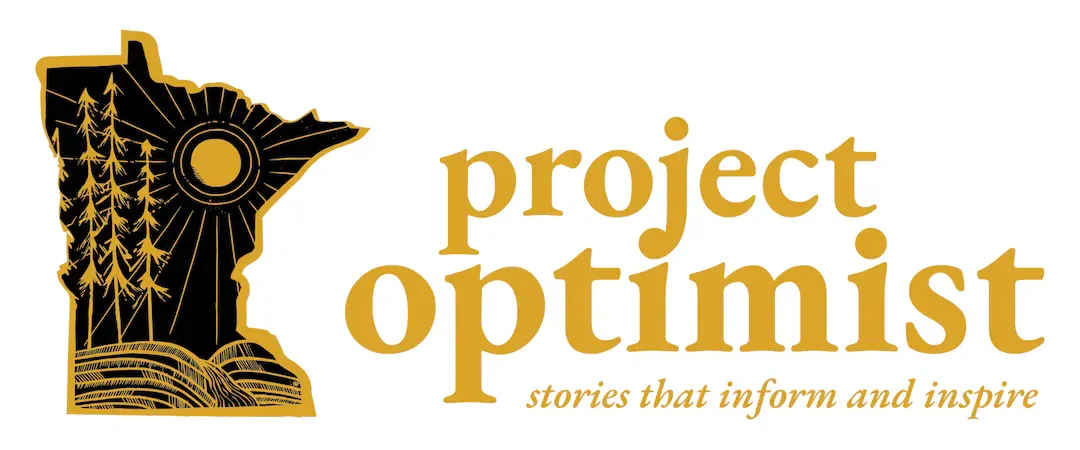How a Minnesota nonprofit makes biochar
Project Optimist tagged along with nonprofit Great River Greening during a biochar demonstration on March 17. Here's how it works.
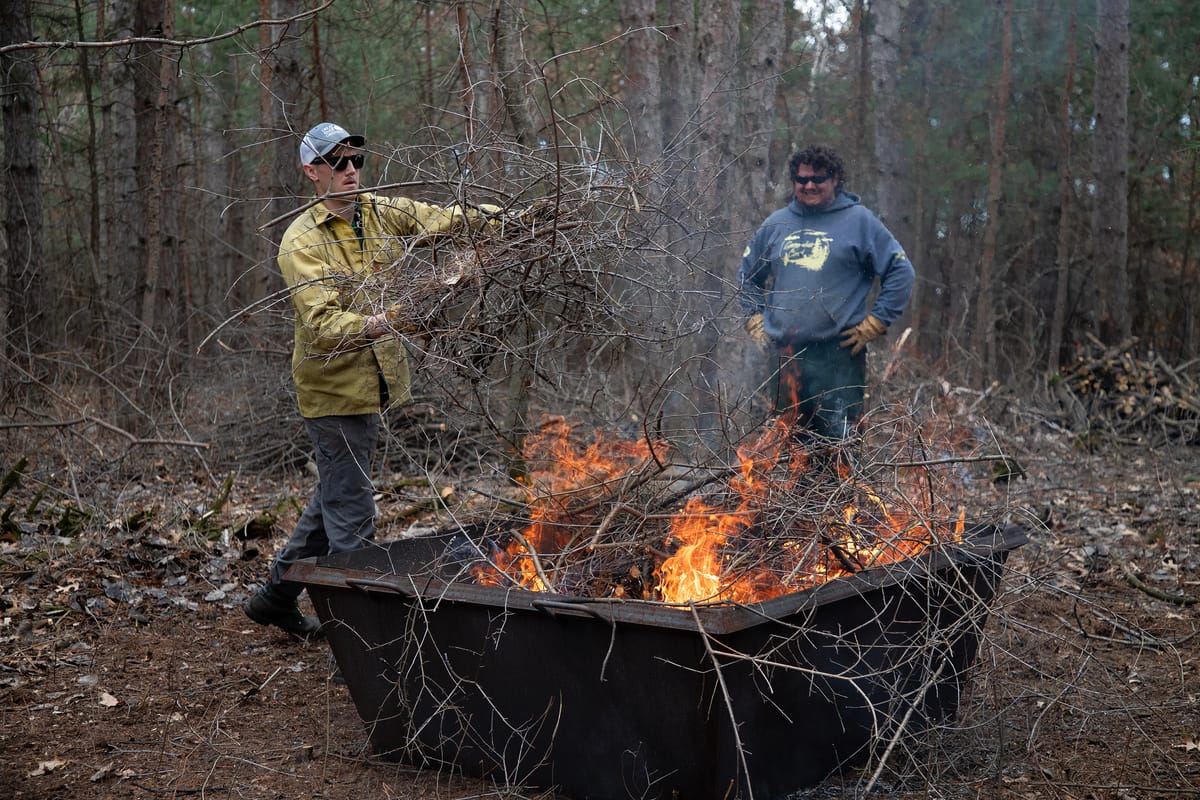
RICE, Minn. — Black and flaking at the edges, Davy Schmitz held an unassuming charcoal-like product that could help address climate change.
Schmitz passed around a hunk of charcoal for a group of eight to inspect under a clear blue March sky with the sun doing its best to warm the chill in the air.
In the small wooded clearing, two square kilns were filled with whips of buckthorn culled in January. The "Oregon kilns" weigh roughly 200 pounds and are relatively portable options for burning waste from land restoration projects.
In reality, the charcoal Schmitz shared wasn’t really charcoal at all, but something called biochar. It’s made by burning woody material, or biomass, from 572-1500 F in a low-oxygen environment — a process called pyrolysis.
One of the kilns crackled softly, well on its way to transforming the woody material into an end-product that locks up to 80% of the carbon in buckthorn.
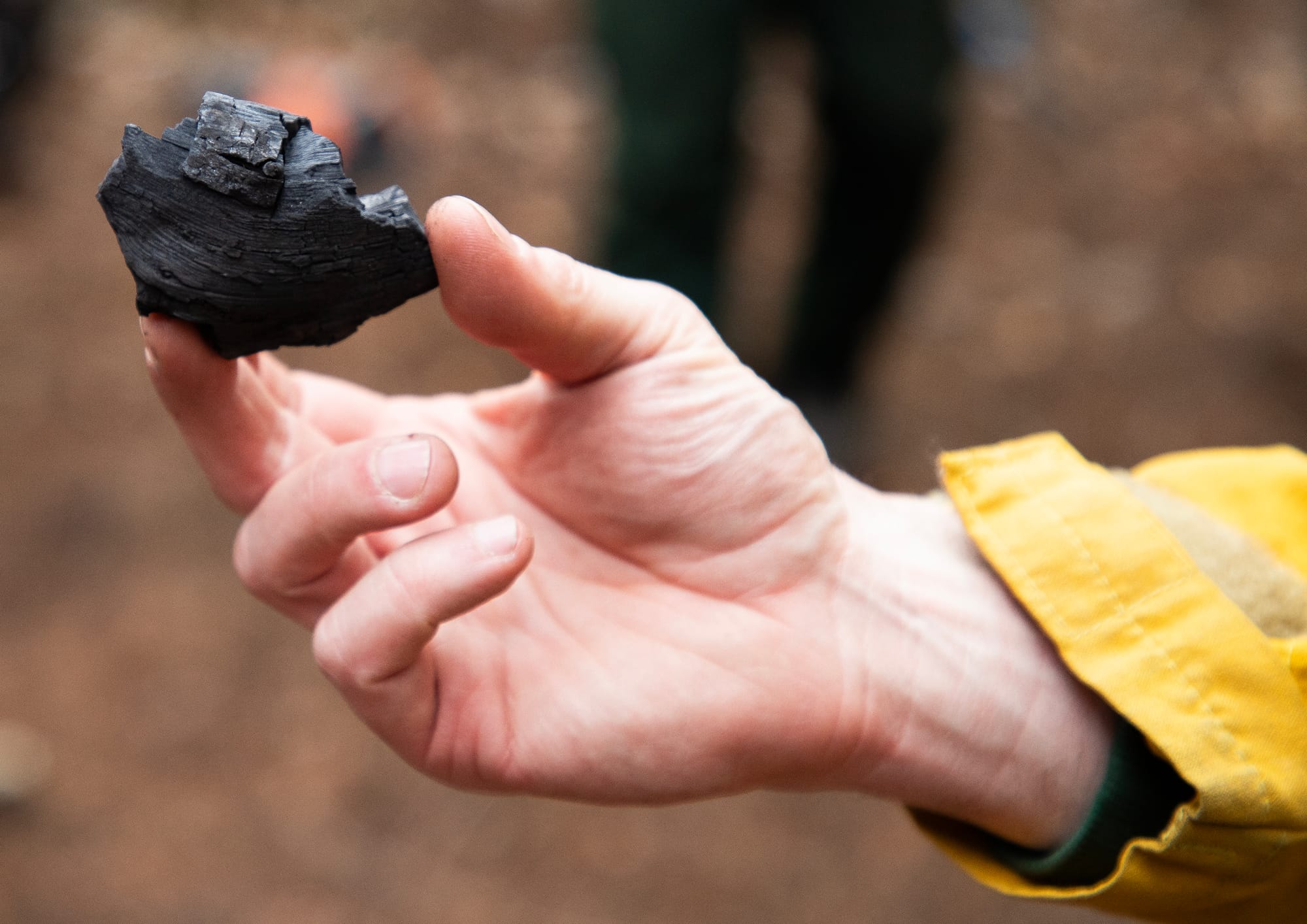
Great River Greening, the nonprofit Schmitz works for, started promoting biochar among Minnesota's land management professionals in 2022.
“We need to come up with active solutions (for climate change) now, even if, in this case, we're kind of learning as we go,” he explained.
Rather than holding back until they can implement biochar perfectly and at a large scale, Great River Greening staff collaborate with people who work in the field to lower barriers for using biochar statewide.
Sign up for Project Optimist's newsletter
Solution-focused news, local art, community conversations
It's free. No spam. Unsubscribe anytime.
“In our organization, we’re really trying to get this off the ground and do it in a way that doesn’t take years and years to get going,” Schmitz said.
Kiln demonstrations are a key part of their strategy. At the Rice event, land management practitioners asked questions about how the process works on a scientific and a practical level.
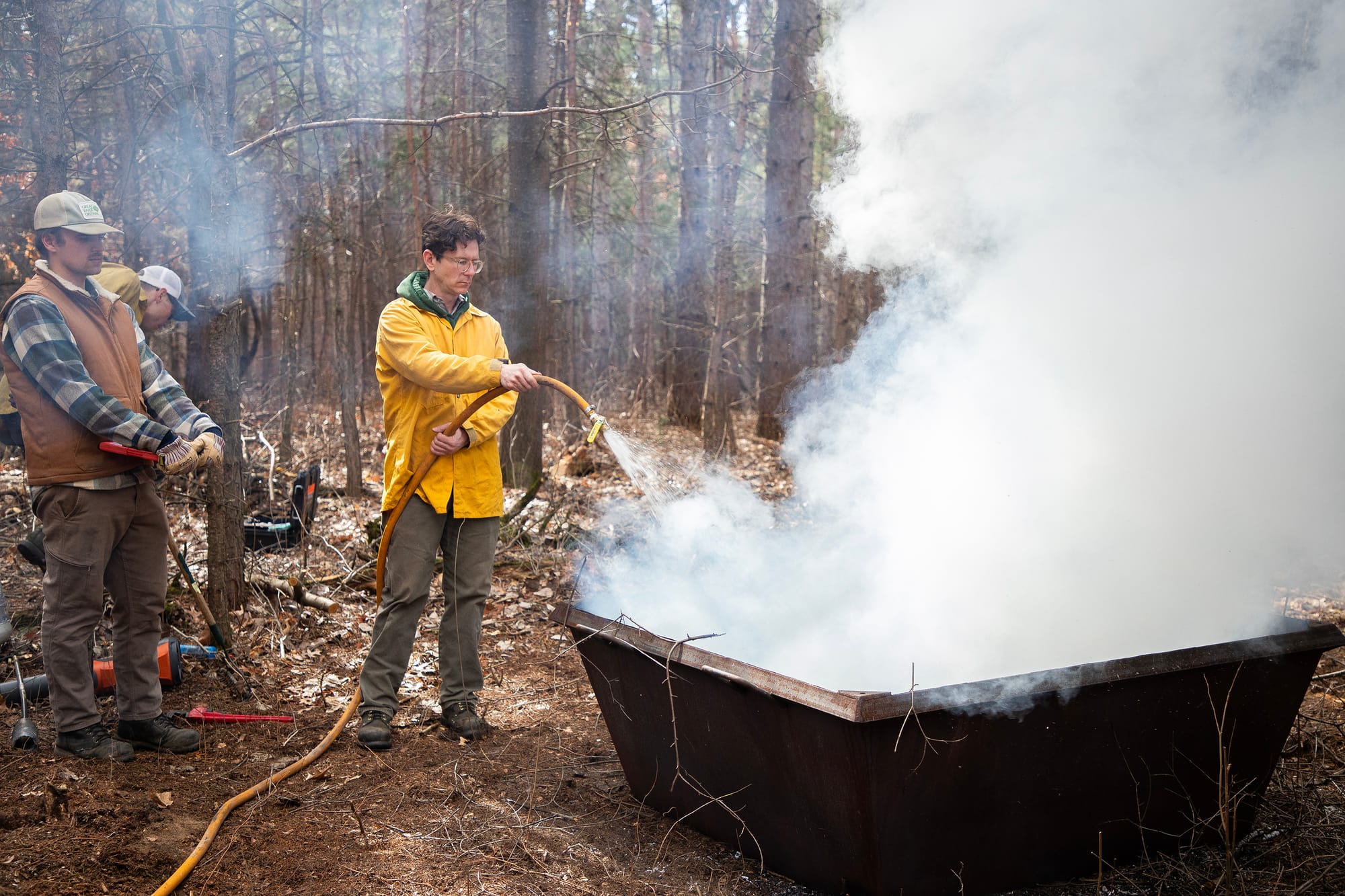
Biochar vs. open-pile burns
That’s why Keith Robertson and Nate Hartman attended the demonstration. They work for Prairie Restorations, a company that has restored and managed native plant communities since 1977.
“We had requests this winter for work, for biochar, through [Great River Greening], from cities, and they had some biochar specs,” explained Robertson. “We've never done this before, so mainly it's to get a feel on how many labor hours it's going to take our crew to do it and the logistics.”
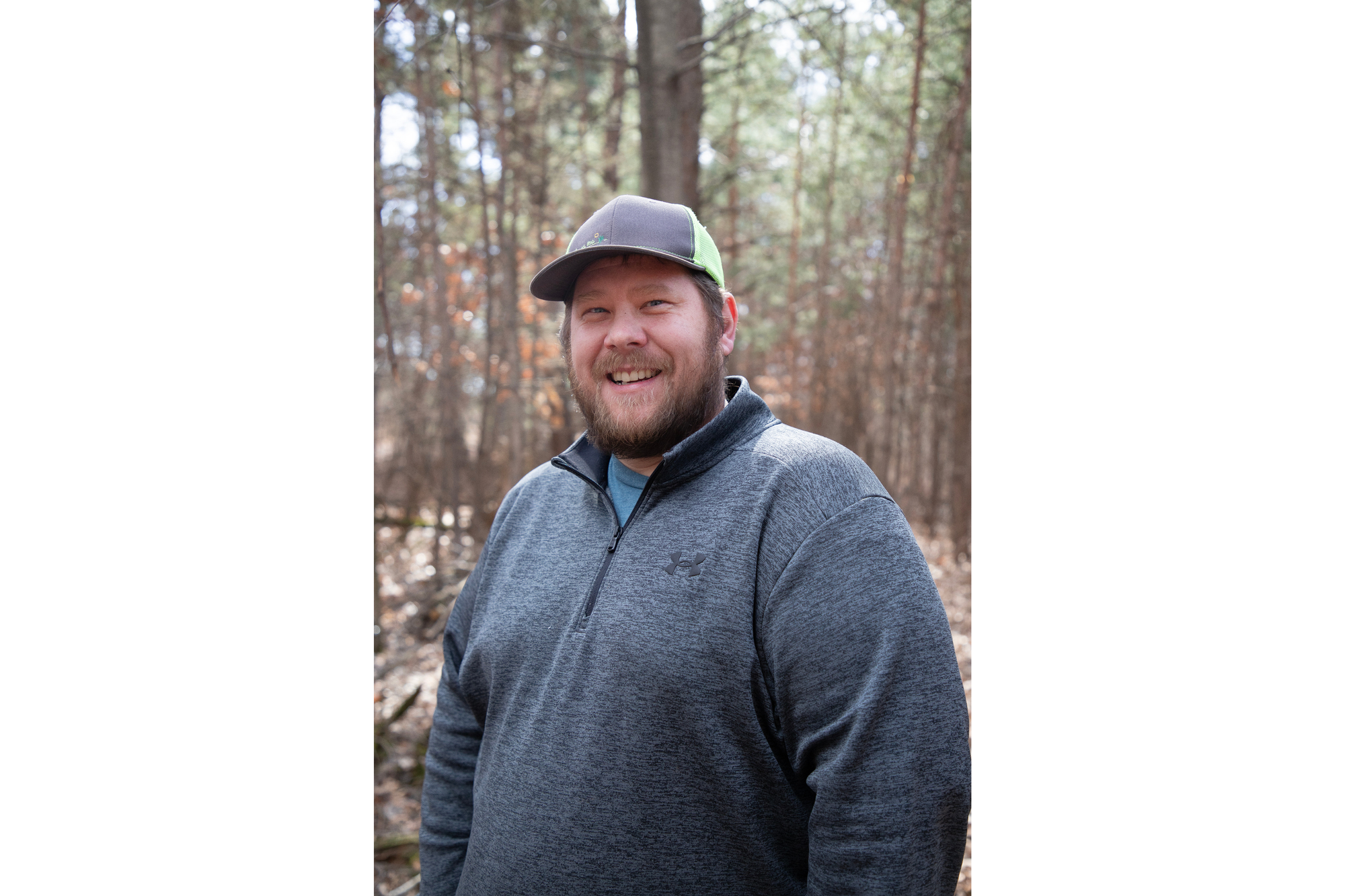
Added labor is an oft cited concern for implementing biochar, Schmitz said. Land restoration is already labor intensive. Projects involve removing large amounts of overgrown woody material, like buckthorn, and something has to be done with it. A common way to deal with the waste is to simply light it on fire, known as open-pile burning.
The main difference between open-pile burning and making biochar are the kilns. The kilns create the oxygen-depleted conditions necessary for pyrolysis.
The plant material must be dried for 2-3 months to lower the moisture content. Then it’s cut to fit in the kiln, and the kiln must be continually fed. Feeding the kiln from the top creates the “flame cap” that contains the combustion, resulting in less smoke and carbon released.
Although open-pile burning seems easier in the short term, Schmitz said there are drawbacks: it creates scars on the land and leaves behind inert ash and sterile soil. The process also releases 99% of the carbon sequestered in the living material into the atmosphere, according to the U.S. Department of Agriculture. This “cheaper” option doesn’t account for the long term social costs of increased carbon emissions, Schmitz said.
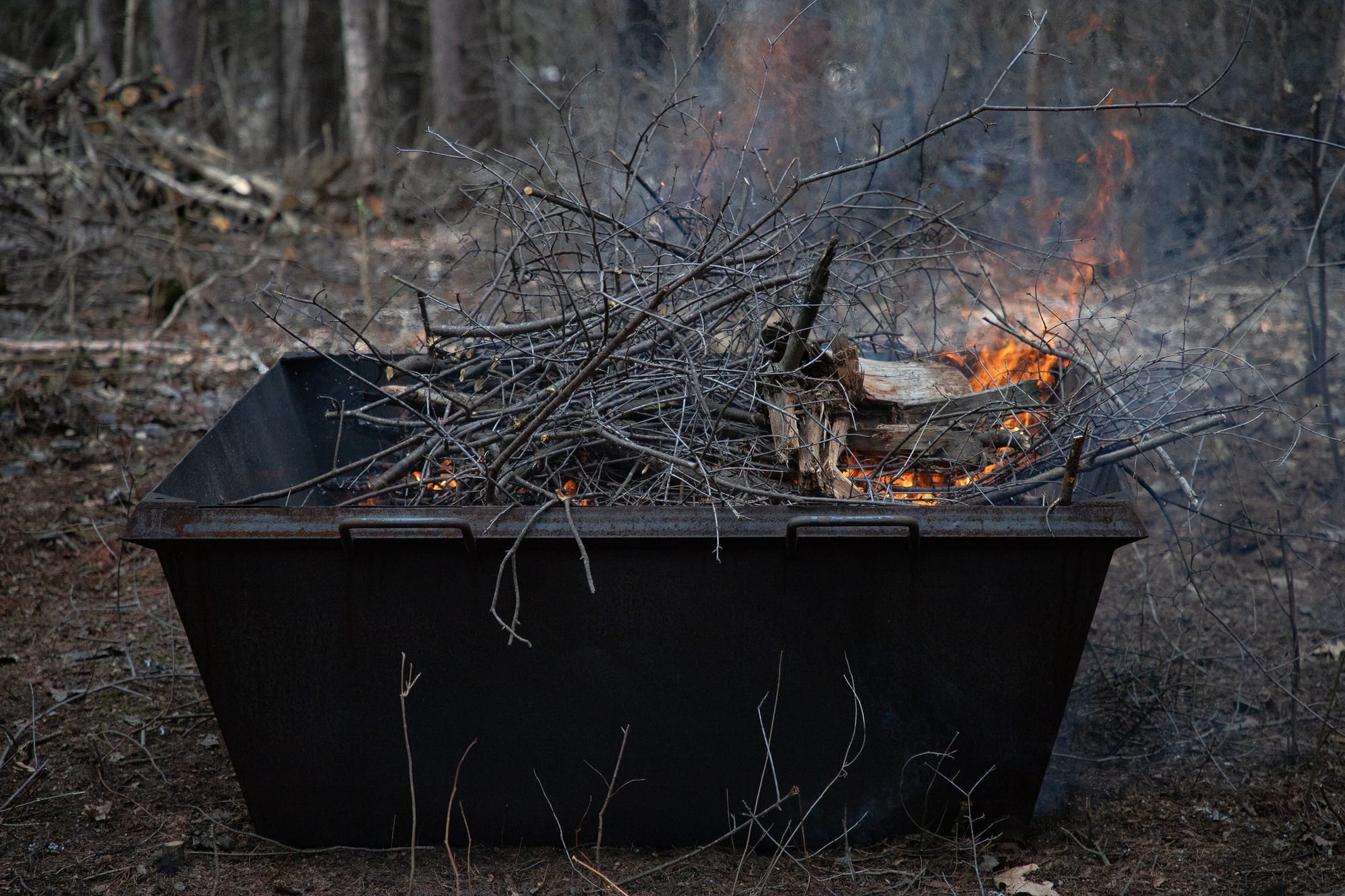
Biochar offers an alternative that not only stops burn scars and lowers carbon emissions, but also creates an end product that can be used as a soil amendment. “It’s a more conscientious approach to removing material,” Schmitz explained.
Hartman agreed, “From an ecological standpoint, I see the benefits. It’s just about trying to find ways to reduce costs at the same time, and not have all of our bids maybe getting doubled or tripled.”
After seeing the demonstration, Robertson didn’t seem too concerned about the process. “It looks simple,” he said. “It's really no different than what we would do in a pile-burn, except you gotta cut it and burn it a little differently.”
Biochar demonstrations build support
Interest in biochar is growing as a climate solution, Schmitz said, not only from businesses like Prairie Restorations, but also from municipal and state officials.
“Ramsey County right now is renting one of our larger kilns to do their own site trials and production,” he said. “I think they're kind of eyeing up how they can integrate that into their operations.”
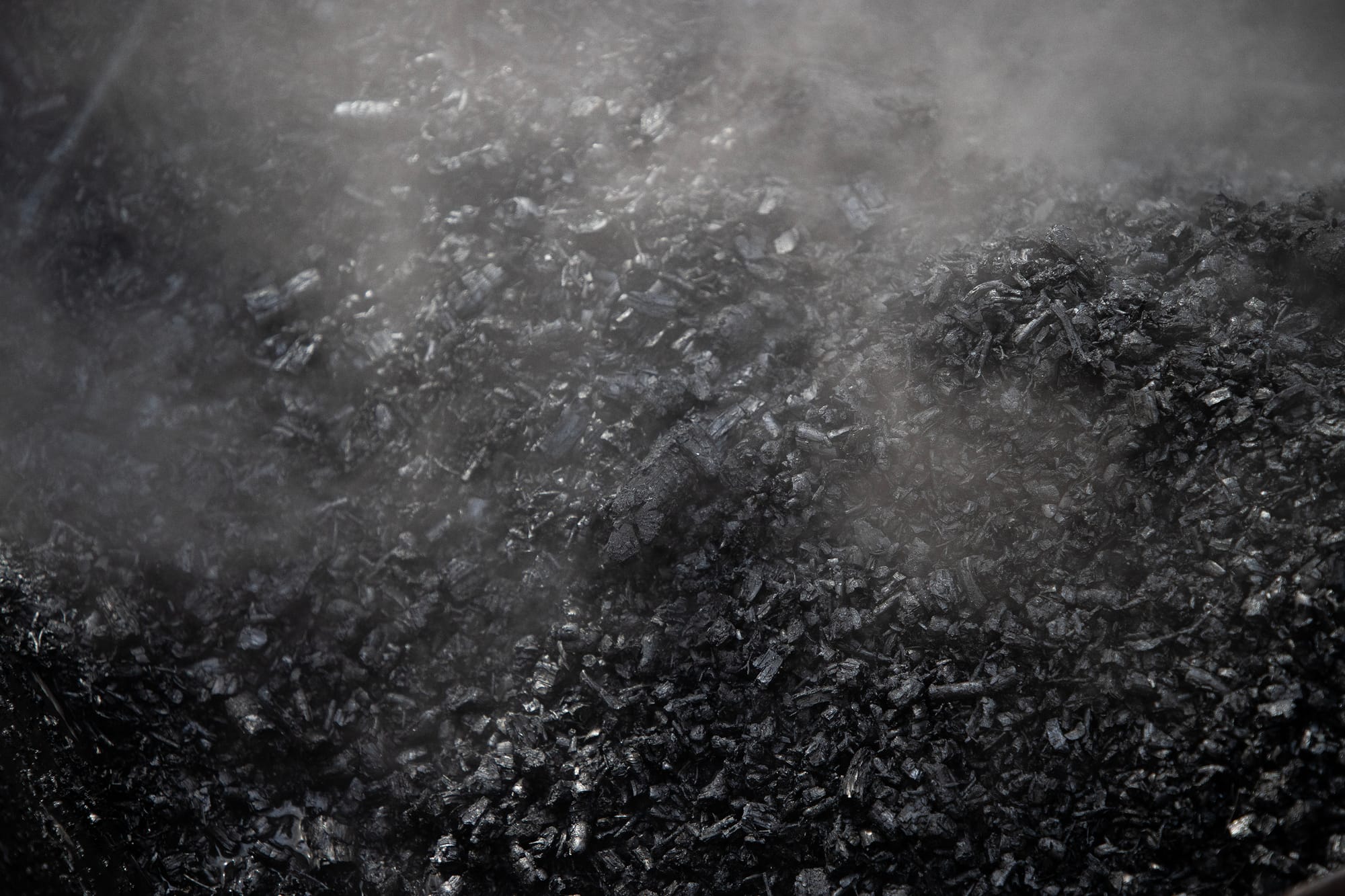
Working across the state gives Great River Greening the opportunity to educate officials about biochar, with the hope that biochar burns will replace the open-pile method in Minnesota.
Although Schmitz said it can be challenging for industries to pivot from how things have always been done, he’s optimistic about biochar.
“What’s exciting to me about this is that we want to shake things up a little bit,” he said. “In this case, we think there's a better way this particular task could be accomplished. Yes, it's more expensive. Yes, it's more complex. But it’s worthwhile to invest in.”
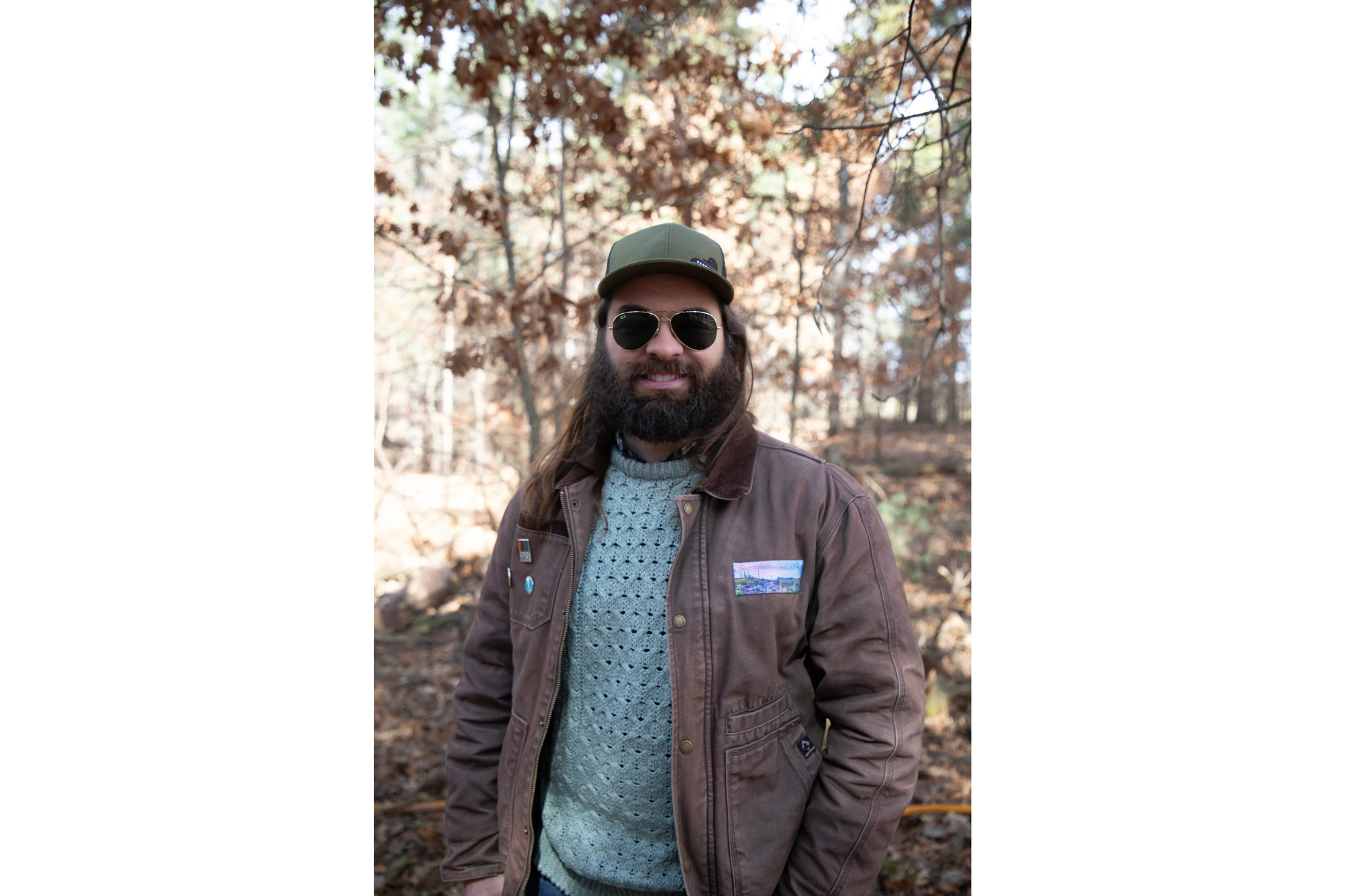
The Rice demonstration drew the attention of Jonathan Wolf, a commissioner from the Greater Minnesota Regional Parks and Trails Commission.
Wolf doesn’t think it will be a tough pitch, given the positive impacts it offers for our climate, even with slightly higher costs upfront.
“These [kilns] seem pretty affordable for what you're getting out of them," he said. "It doesn't seem too labor intensive. And I guess if you're gonna try to convince people to have a big bonfire, that's not a very hard sell either, is it?”
Learn more
Contact Great River Greening to learn more about biochar demonstrations.
• 612-272-3985
• greening@greatrivergreening.org
